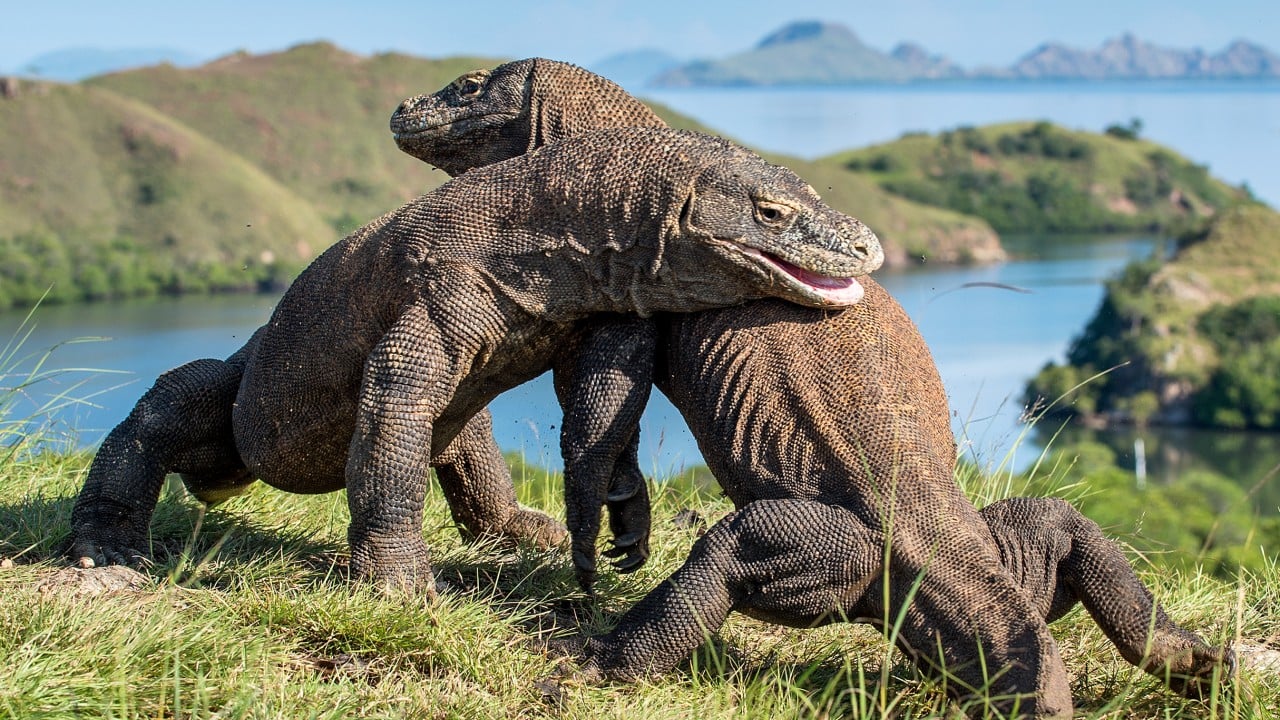A plan to build hundreds of luxury villas on an island in Indonesia’s Komodo National Park has sparked fierce backlash from environmentalists and residents over concerns that it could devastate the fragile ecosystem of the Unesco-listed sanctuary – the only place on Earth where Komodo dragons roam wild.
Advertisement
The project, backed by a government-linked developer, risks undermining years of efforts to support sustainable tourism in one of Southeast Asia’s most iconic ecological zones, according to critics.
The 2,200 sq km (849 square miles) park, visited by more than 330,000 people last year, is famous for its pink-sand beaches, turquoise waters and thriving marine biodiversity. But its star attraction is the endangered Komodo dragon – only around 3,000 remain in the wild.
While the proposed development is located on Padar Island – one of the park’s largest islands, though not home to the dragons – environmentalists say the visual impact and resource strain could have far-reaching consequences. Named “one of the most unique sights in the world” by Time Out in March, Padar’s dramatic hilltop views have become a key draw for tourists.
For years, the Indonesian government has been grappling with the challenge of maintaining a balance between tourism dollars and the park’s delicate ecosystem. In July, the forestry ministry and Komodo Wildlife Ecotourism, the company that owns tourism concessions on Padar Island, held a public consultation with residents in Labuan Bajo, the gateway town to the Komodo National Park, as part of an exercise to assess the environmental impact of the proposed development.
Advertisement
The company owns business permits to build “natural tourism facilities” on more than 274 hectares (677 acres) of land on Padar Island, or almost 20 per cent of the island’s total area of 1,400 hectares. It plans to build 619 buildings, of which 448 are luxury villas, including a “hilltop chateau” equipped with swimming pools, restaurants, gym and spa facilities, according to media reports.

